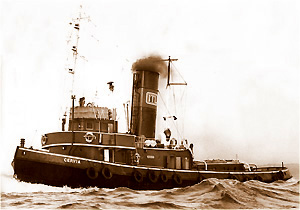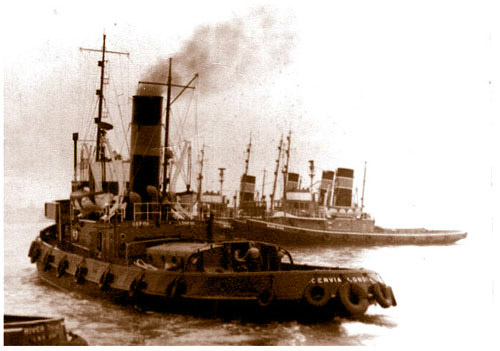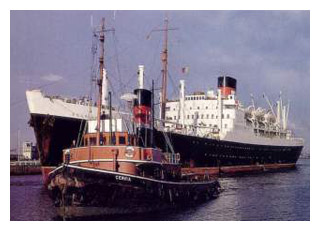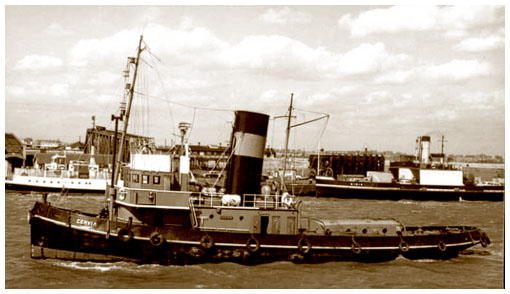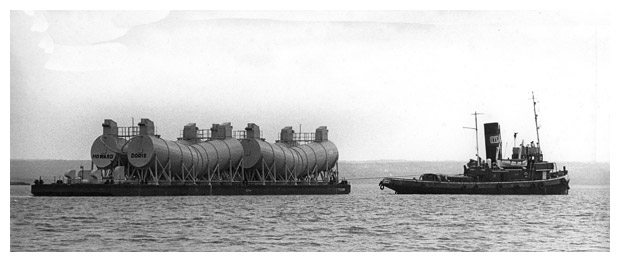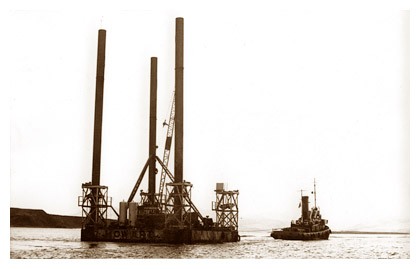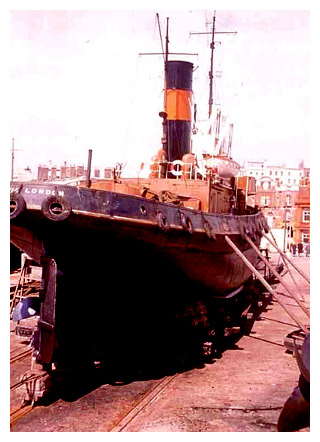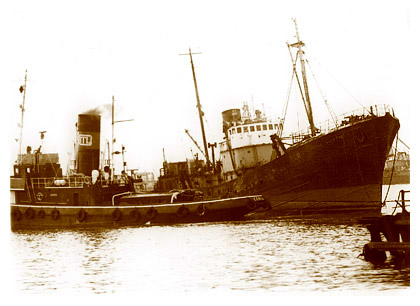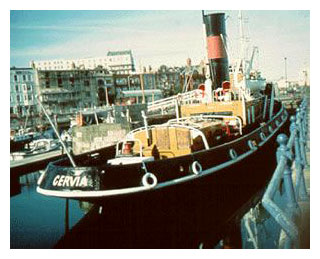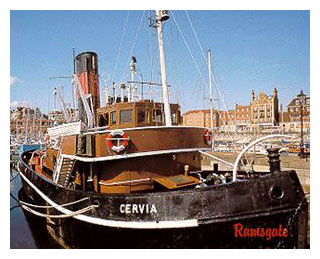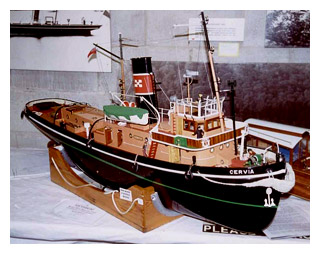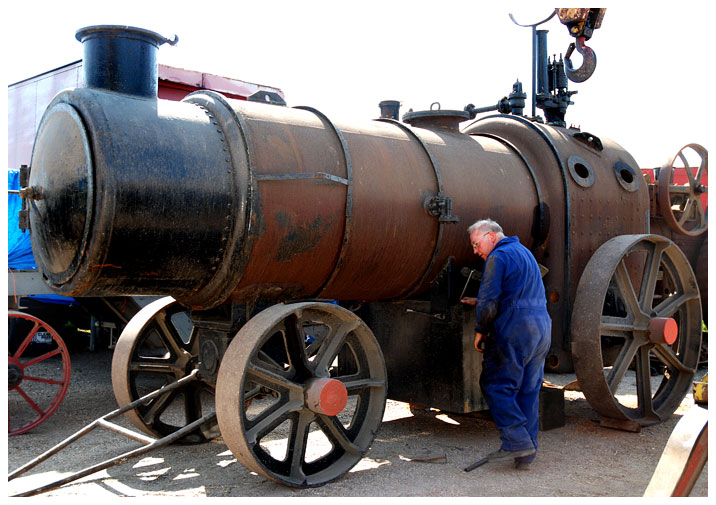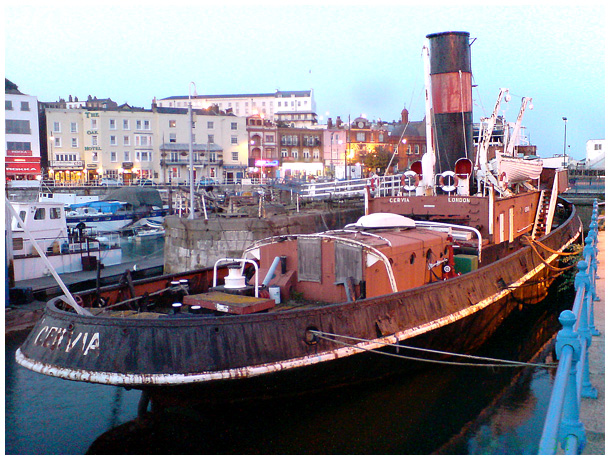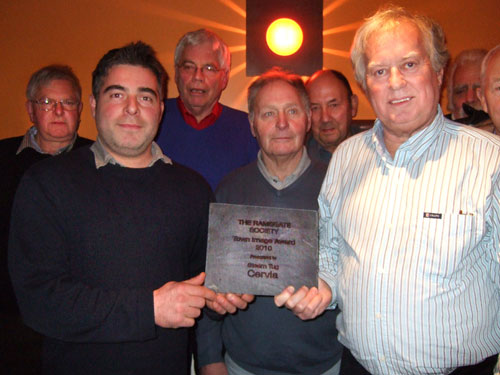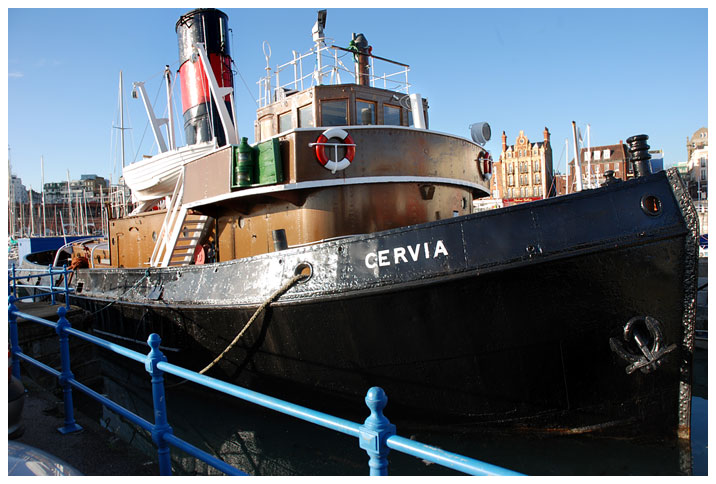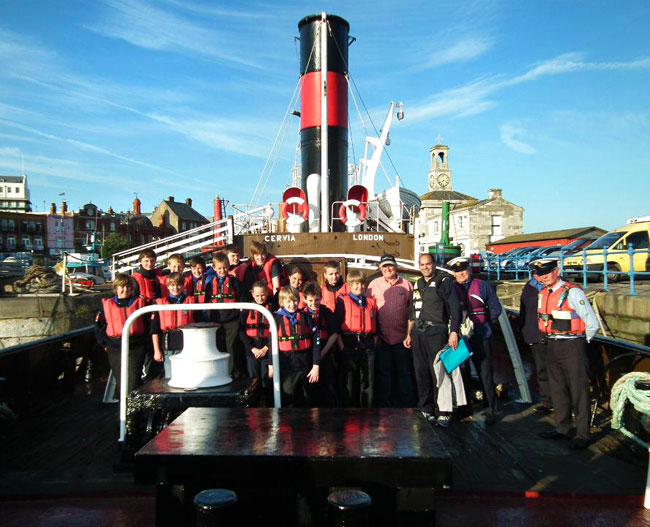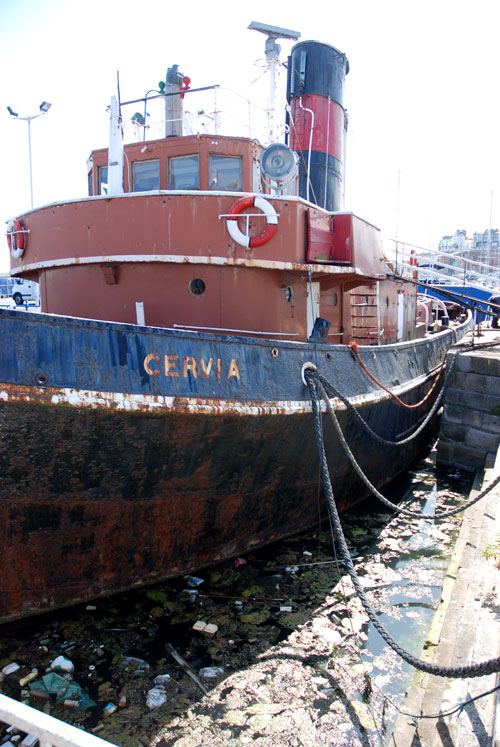It was Michael’s return to London in January of 1972, to drum up vital sponsorship in order to complete his round-the-world trip, that led to an impromtu meeting with the charming and understanding members of the Board of London Tugs. Cervia was available and the board agreed to her sale “as is, where lies”, for then princely sum of £3,500. This was to be paid off in installments from earnings (hopefully) to be made whilst driving the Foden steam wagon “Britannia” across the USA.
Having achieved his goal of being the first (and only) person mad enough to drive a steam engine right around the world, and on returning triumphantly to England in April 1973, Michael found that Cervia was awaiting her new owner, safely laid up in Poplar Docks, London. A short refit and a lot of learning saw Cervia back in steam that summer, with several trips taken on the Medway river both for pleasure and for familiarisation. It was hoped, at this stage, to develop a new organisation called “The Medway Maritime Museum” – the brainchild of one of Britains most senior ship preservationists, Martin Stevens. A rapid period of aquisition follwed, with vessels of all types being either earmarked or purchased, including “THE MEDWAY QUEEN”, various “TID” tugs, the “BIDDICK”, “164” and “SOLWAY”, etc.





